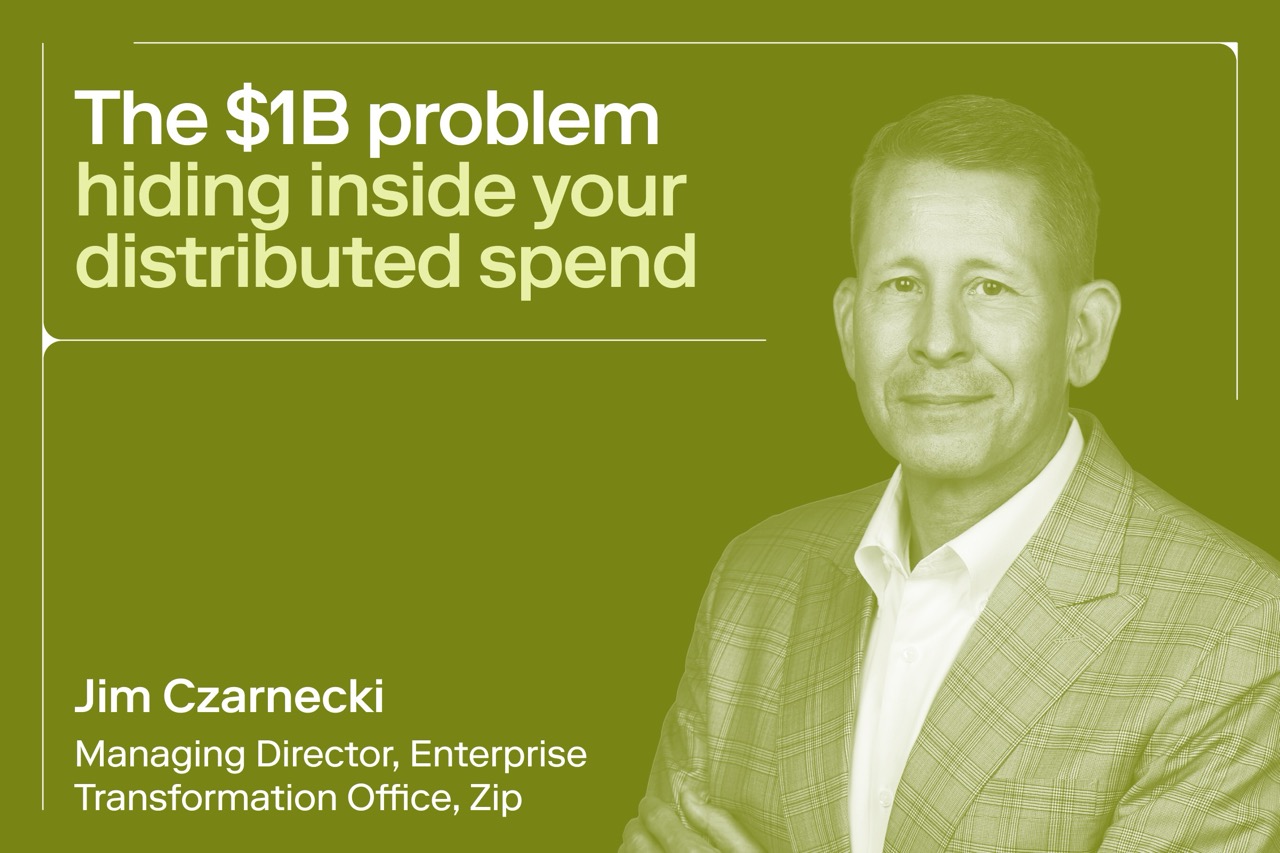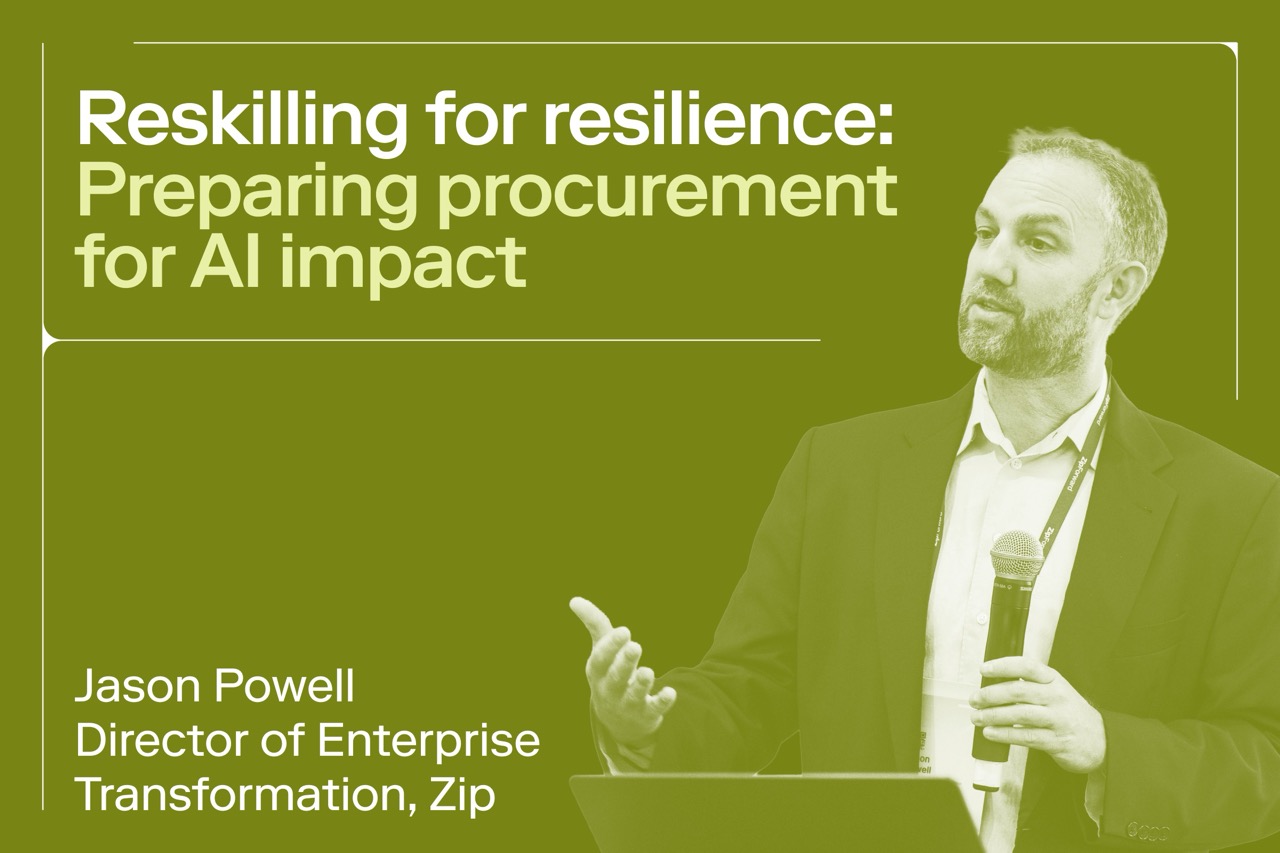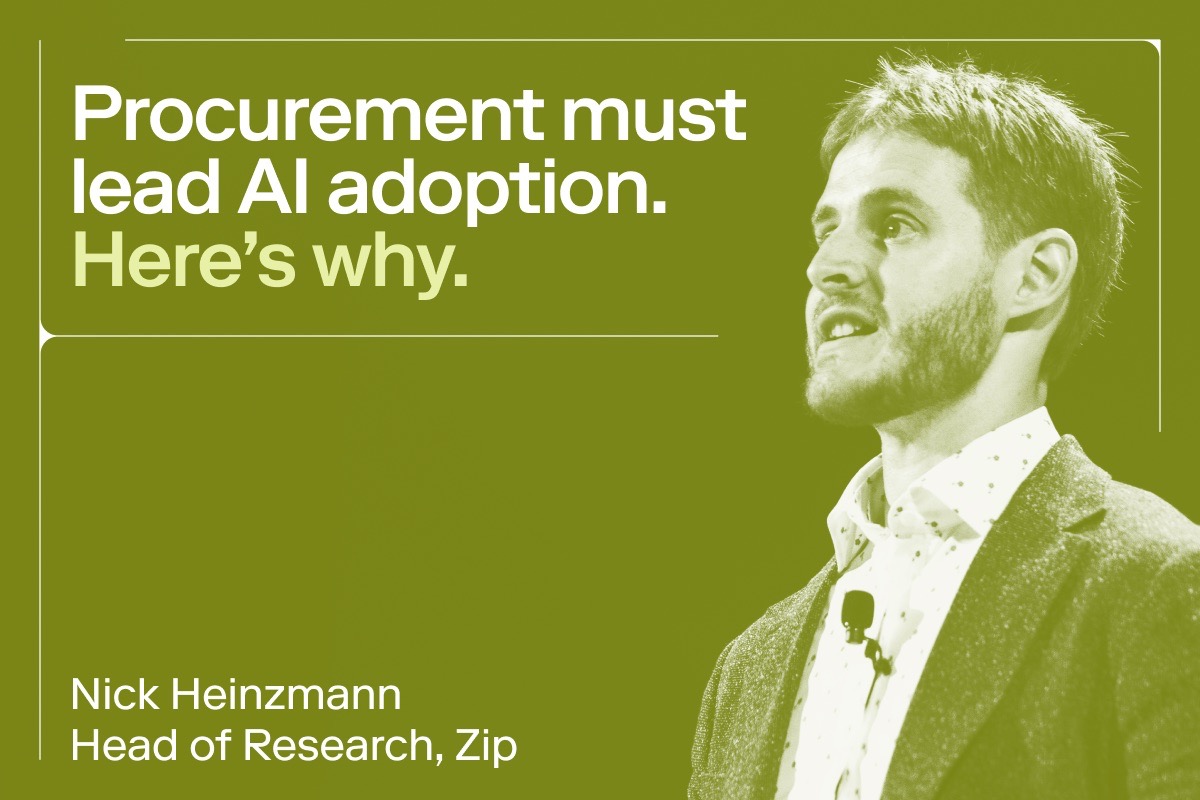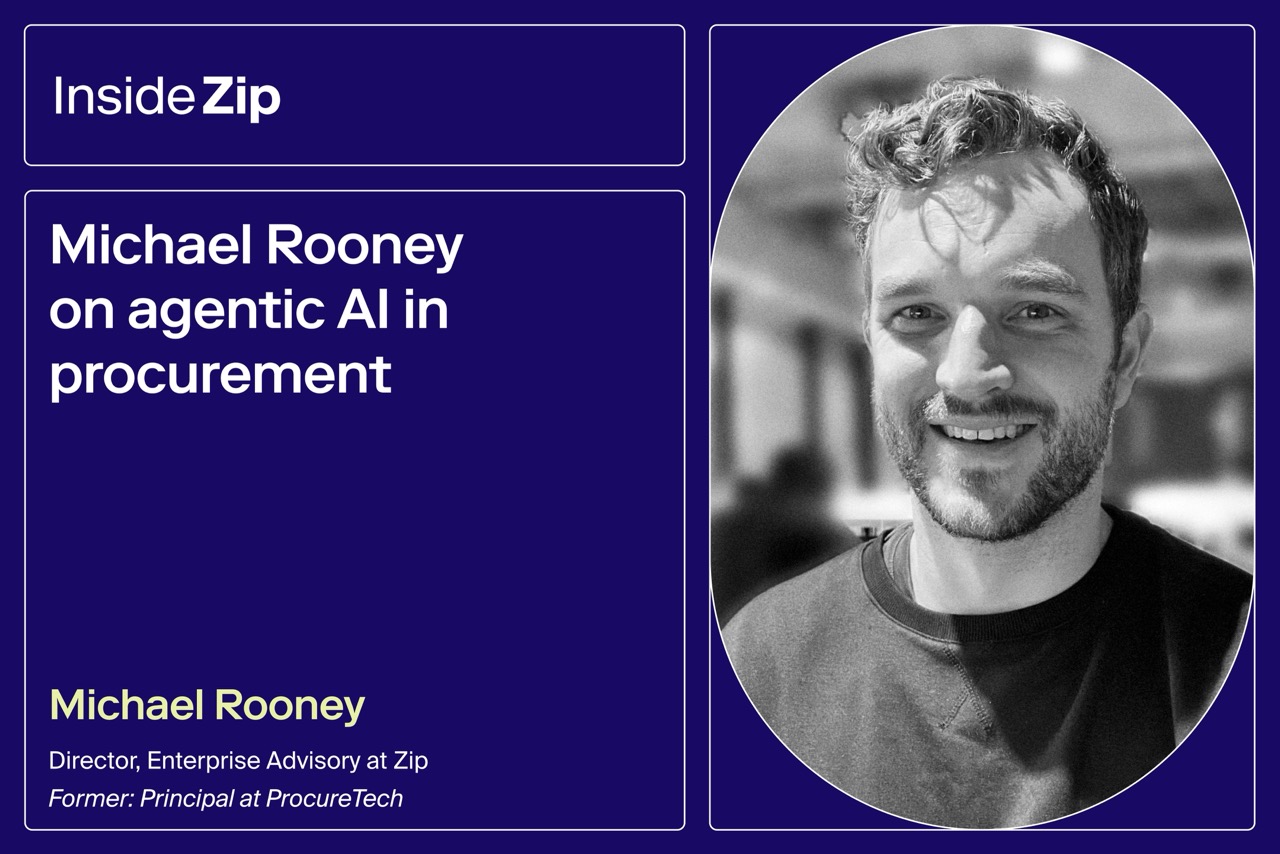
Procurement is at an inflection point. Here’s what’s next.
Breaking through procurement’s plateau with a new tech paradigm built to scale.

Procurement software has existed for decades. We’ve had P2P platforms, source-to-pay, e-sourcing, all of it. But there’s always been a major gap in the plan.
Despite significant investment, organizations—and the teams running procurement within—keep getting hit by the same challenges: limited spend under management, diminishing returns on cost savings, and middling adoption of an opaque, rigid tech stack no stakeholder actually likes to use.
Circumventing the system because the process reminds users more of a green screen than a modern technology—sound familiar?
Now for the first time in a decade, a new market paradigm has emerged. An actual evolutionary step forward that pushes apart antiquated boundaries, offering a new way companies can more efficiently manage spend. All structured around the way modern business is actually done, with procurement that drives strategic value end-to-end.
Ardent Partners has named their latest report ‘The Evolution of Intake and Procurement Process Orchestration (PPO)’ because, despite being a young category, the space is evolving incredibly fast.
Tech vendors are expanding their offerings, incumbents are struggling to catch up, and teams are taking advantage of this rare opportunity to build a future-proof deployment of procurement tech with limitless opportunity to scale.
Here’s what’s happening, and why it matters.
The first new procurement market in a decade
A big reason for this rapid evolution is the growing convergence in procurement technology.
Historically, organizations have had two choices when building out their procurement stacks.
- The ‘Big Bang’ all-in-one suite — a monolithic ‘single-vendor’ approach
- Best-of-Breed solutions — a collection of specialized tools, each solving for a specific need
For years, the pendulum has swung between these approaches. According to many researchers, this pendulum is now shifting back toward suites, as companies look for more centralized solutions.
But here’s where intake and orchestration come in: they offer a third way.
Instead of being locked into a rigid suite or being forced to stitch together disconnected tools, procurement can now take a flexible, orchestrated approach.
Intake and orchestration provide a connective layer that brings together procurement, finance, IT, and regular business users, enabling companies to mix-and-match the tools that work best for them, without sacrificing usability or visibility.
That’s why this space is taking off. This can’t be written off as just another procurement tool, as this is a fundamental rethinking of how technology supports spend and supplier processes.
Breaking through the procurement plateau
For years, procurement teams have struggled with what I call the plateau.
They’ve made massive investments in P2P, source-to-pay, e-sourcing, and the like. But despite these investments, they run into the same limits:
- They can’t push spend under management beyond ~65%
- They struggle to generate consistent, year-over-year savings
- Their technology is either too rigid or too fragmented to gain the full adoption needed to deliver on the above
This isn’t a new problem. Procurement has been stuck in this cycle for decades. What’s new is that intake and orchestration are providing a way to break it. That’s why we’re seeing so much interest in this space—this is the only credible technological paradigm that can help companies mo
What the industry experts are saying
Magnus Bergfors is a former practitioner turned leading analyst, who literally wrote the first ever P2P quadrant at Gartner. He’s watched procurement evolve over the decades firsthand.
If you read Magnus’ latest report for Ardent Partners (and you should!), one thing is absolutely clear: legacy providers are taking note.
Legacy P2P vendors are rushing to bolt intake and orchestration onto their platforms, but, according to the report, there’s little evidence that they can actually deliver the same level of impact as purpose-built solutions.
Zip’s intake and orchestration platform, with its originating focus on the user experience, is positioned to emerge as the defining evolution in procurement tech. The competition—both legacy incumbents and new clones on the scene—are already four years behind, and struggling to keep up.
What’s next for procurement?
This procurement evolution is still in its earliest stages, but it’s already upleveling the entire end-to-end procurement workstream in real-time.
For procurement and finance leaders, this opportunity is ripe for the taking. The organizations that embrace intake and orchestration today will be the ones that rise above the plateau, achieve better business alignment, and drive more strategic value from procurement operations.
The ones that don’t? They'll be stuck waiting for their legacy tools to catch up.
The clock is ticking. Which side of the evolution are you on?
Read the latest report from Ardent Partners: ‘The Evolution of Intake and Procurement Process Orchestration (PPO)’

Maximize the ROI of your business spend

Enter your business email to keep reading















%20Large.jpeg)




.webp)


















